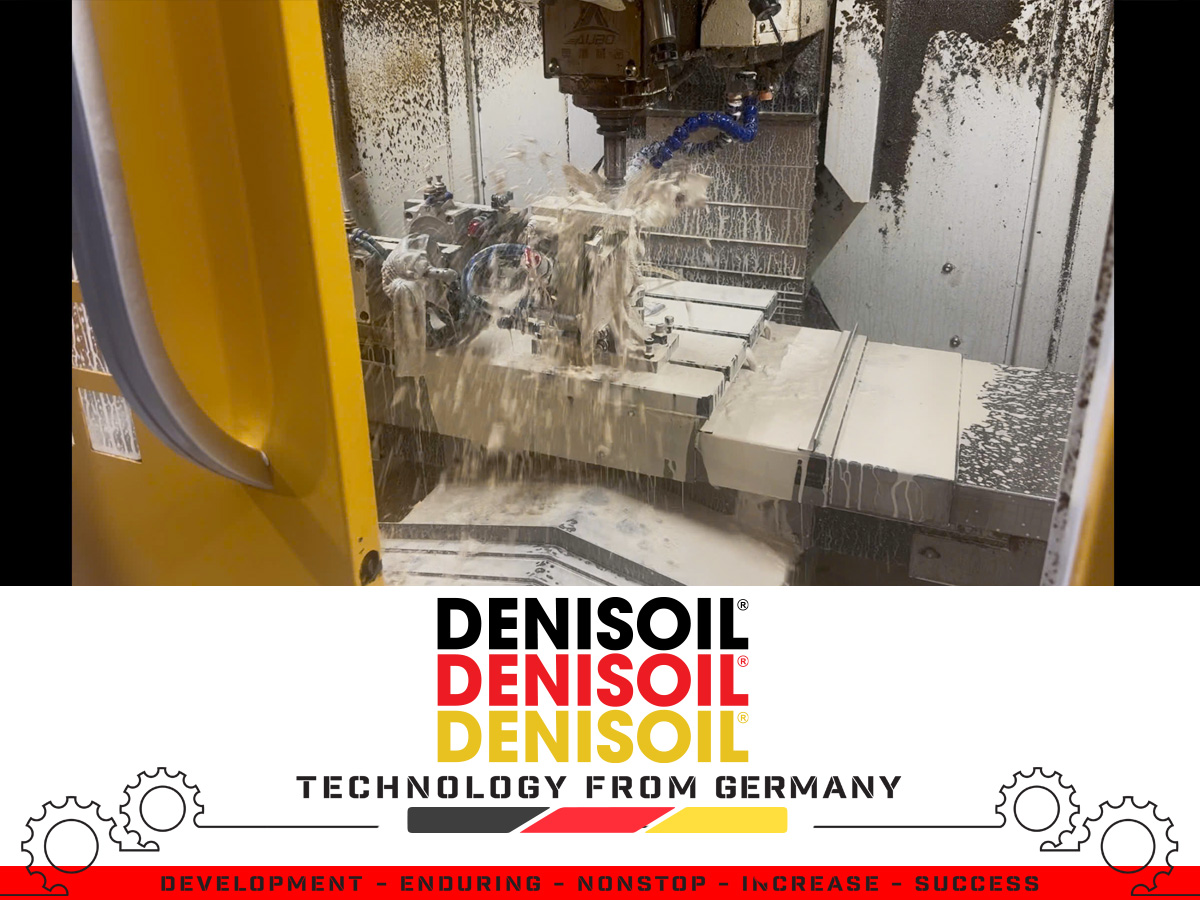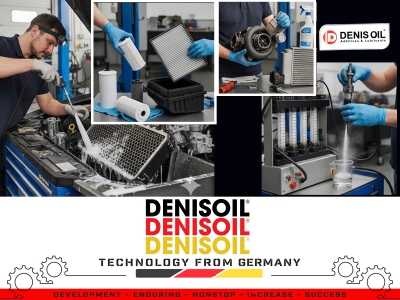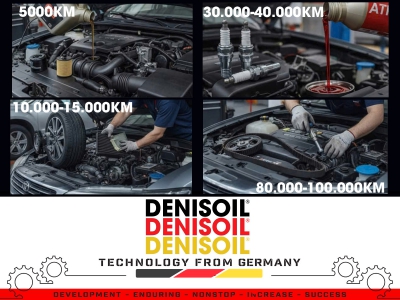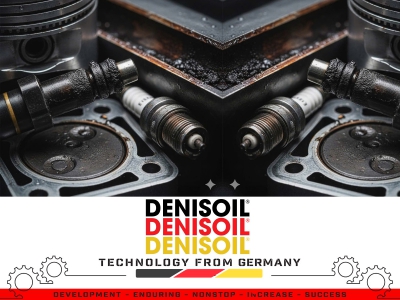1. Condition before improvement
At a mechanical processing enterprise in Niigata Prefecture that specializes in processing a variety of materials (aluminum, steel, copper, etc.), the machining center system using soluble cutting fluid operated stably when processing aluminum and steel, without problems with machining ability or solution stability.
However, when switching to copper (Cu) machining for a new project, serious problems arose:
The copper product after machining changed color (dull or darkened surface).
The milky white cutting fluid solution gradually turned green, and at the same time became sticky and difficult to clean.
Inside the machining chamber, copper chips and dust stuck, making cleaning difficult and affecting the following machining steps.
Therefore, the company must regularly replace the cutting oil and wash the product with a separate cleaning solution to prevent tarnishing, leading to increased operating costs and maintenance time.

(Illustration: The inside of the machining chamber is dirty and sticky with chips due to the modified oil when machining copper.)
2. Cause analysis
Through checking the composition and chemical properties of the soluble cutting oil being used, the technical engineer determined:
Some polar additives (amines, esters, or compounds containing sulfur and phosphorus) in the current oil are capable of reacting with the copper surface, creating a blue complex (copper complex) → causing discoloration of the product.
Copper ions (Cu²⁺) dissolve into the solution, react with the components in the oil → causing the oil to change color from milky white to blue and increase viscosity - stickiness.
When the oil is denatured, the lubrication and cooling performance is reduced, and the chip separation and washing ability are poor → leading to fouling in the machine room.
3. Technical solution
Based on the analysis of the cause, the technical team proposed to replace the conventional soluble cutting oil with a specialized cutting oil for copper and copper alloys, with the formula:
Does not contain components that easily react with Cu (amine, active sulfur, free fatty acids).
Has a stable emulsion system, slightly neutral pH control (7.5–8.5), avoiding corrosion and oxidation of the copper surface.
Use non-reactive lubricant additives and copper corrosion inhibitors.
4. Results after application
After switching to specialized cutting oil for copper and testing under the same machining conditions:
There is no discoloration of the copper surface after machining.
The oil solution maintains a stable milky white color, does not turn green or sticky.
The oil change interval is 2-3 times longer, significantly reducing oil costs and cleaning work.
The machining chamber and chips are cleaner, improving the working environment and equipment performance.
5. Technical conclusions
The phenomenon of discoloration and oil stickiness when machining copper mainly comes from the chemical reaction between copper ions and additives in conventional cutting oils. Choosing the right type of cutting oil with material compatibility is a decisive factor in:
Preventing corrosion and discoloration of non-ferrous metals.
Maintaining the long-term physical and chemical stability of the solution.
Improving production efficiency and reducing total operating costs.
 Tiếng Việt
Tiếng Việt
 Chinese
Chinese
 English
English








